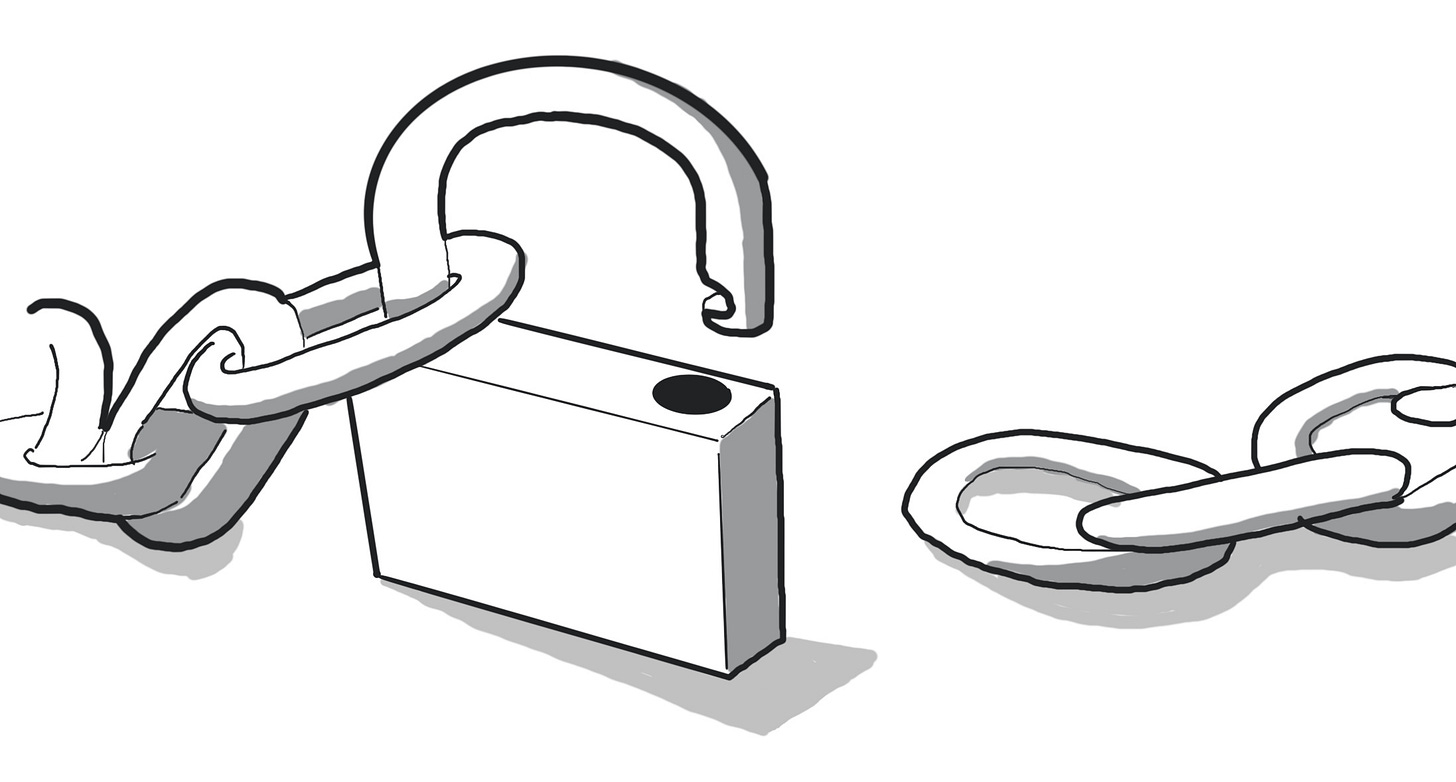Unlocking the Secret to Becoming an Expert in Product Design and Beyond
Mastering more than design tools fosters empathy, boosts collaboration, and accelerates your career growth.
Being an expert is no longer just about mastering design tools or creating visually stunning interfaces. To truly excel and unlock your full potential, it’s crucial to venture beyond your core skill set and explore adjacent disciplines. This approach fosters empathy and reduces the time needed to understand expectations and limitations across different functions. I’ve discovered through my experiences that expanding your skill set can lead to more effective collaboration, better decision-making, and accelerated career growth.
The Power of Learning Adjacent Skills
Learning front-end code is one of the most significant ways I’ve grown as a product designer. This skill has allowed me to bridge the gap between design and engineering. It enables me to speak the same language as engineers, review code, collaborate in Github, and understand their challenges. For example, I developed a component library to prove the value of web components rather than utilizing off-the-shelf UI libraries. This hands-on experience demonstrated the feasibility of my proposal and built trust and credibility with the team. They could see that I wasn’t just throwing ideas over the wall but actively engaging with the technical constraints and possibilities.
Similarly, working on C-level presentations may seem like grunt work and not a great use of designer time at first glance, but it’s an invaluable learning experience. Crafting presentations for a board, company-wide alignment, or public audience requires distilling complex topics into clear, concise, and compelling narratives. This process teaches you key messaging skills and the art of storytelling—an essential skill for any designer who wants to influence decision-making at the highest levels.
Another adjacent skill I’ve found valuable is creating product requirements documents (PRDs). While it might be tempting to stick to familiar tools like Figma, presenting your ideas in a format that aligns with company processes can make a significant difference. By learning to write PRDs, I could propose work that resonated with stakeholders, making it easier to gain buy-in and move projects forward.
The Value of Empathy and Efficiency
Learning adjacent skills fosters empathy by giving you a deeper understanding of other teams' challenges and constraints. This empathy allows you to collaborate more effectively, anticipate potential roadblocks, and create solutions that are not only user-friendly but also technically feasible and aligned with business goals.
Moreover, having a broad skill set can significantly reduce the time it takes to understand cross-functional collaborations. When you already know the expectations and limitations of different roles, you can quickly align on goals and work together more efficiently. This speed and agility are invaluable in fast-paced environments where time is often critical.
Career Growth Through Skill Expansion
Expanding your skill set doesn’t just make you a more effective collaborator—it can also directly contribute to your career growth. You position yourself as a versatile and valuable team member by demonstrating your ability to wear multiple hats. This versatility can open doors to new opportunities, whether it’s taking on more responsibility in your current role, moving into a leadership position, or even transitioning to a different field altogether.
In my experience, learning adjacent skills has allowed me to take on a broader range of projects, from developing design systems to leading strategic initiatives. Each new skill I’ve acquired has made me a better designer and equipped me with the tools and knowledge needed to advance my career.
Empowering Others to Make Design Tweaks
While designers should strive to learn adjacent skills, it’s also important to help your product managers and engineers do the same. If you have a well-defined design system and guidelines in place, why would you need to distract a designer with a minor tweak? Empowering others to make small design changes within the established framework can free up designers to focus on more complex and high-impact work.
Of course, no matter your role or the new skills you’re stretching into, it’s essential to maintain the integrity of the review and approval processes. We are all part of one team, working together to achieve the best outcomes for the company. By respecting these processes, we ensure that the quality and consistency of the product remain high, even as we push the boundaries of our roles.
Conclusion
Becoming an expert in product design is about more than just mastering design principles—it’s about continuously expanding your skill set and embracing the challenges that come with it. By learning adjacent skills, you can build empathy, improve efficiency, and accelerate your career growth. Whether it’s coding, crafting presentations, or writing PRDs, these skills allow you to contribute more effectively to your team and the organization as a whole. And by empowering others to stretch their skills as well, you create a more agile, collaborative, and successful team. After all, we’re all in this together, striving to do the best work we can for the company.




